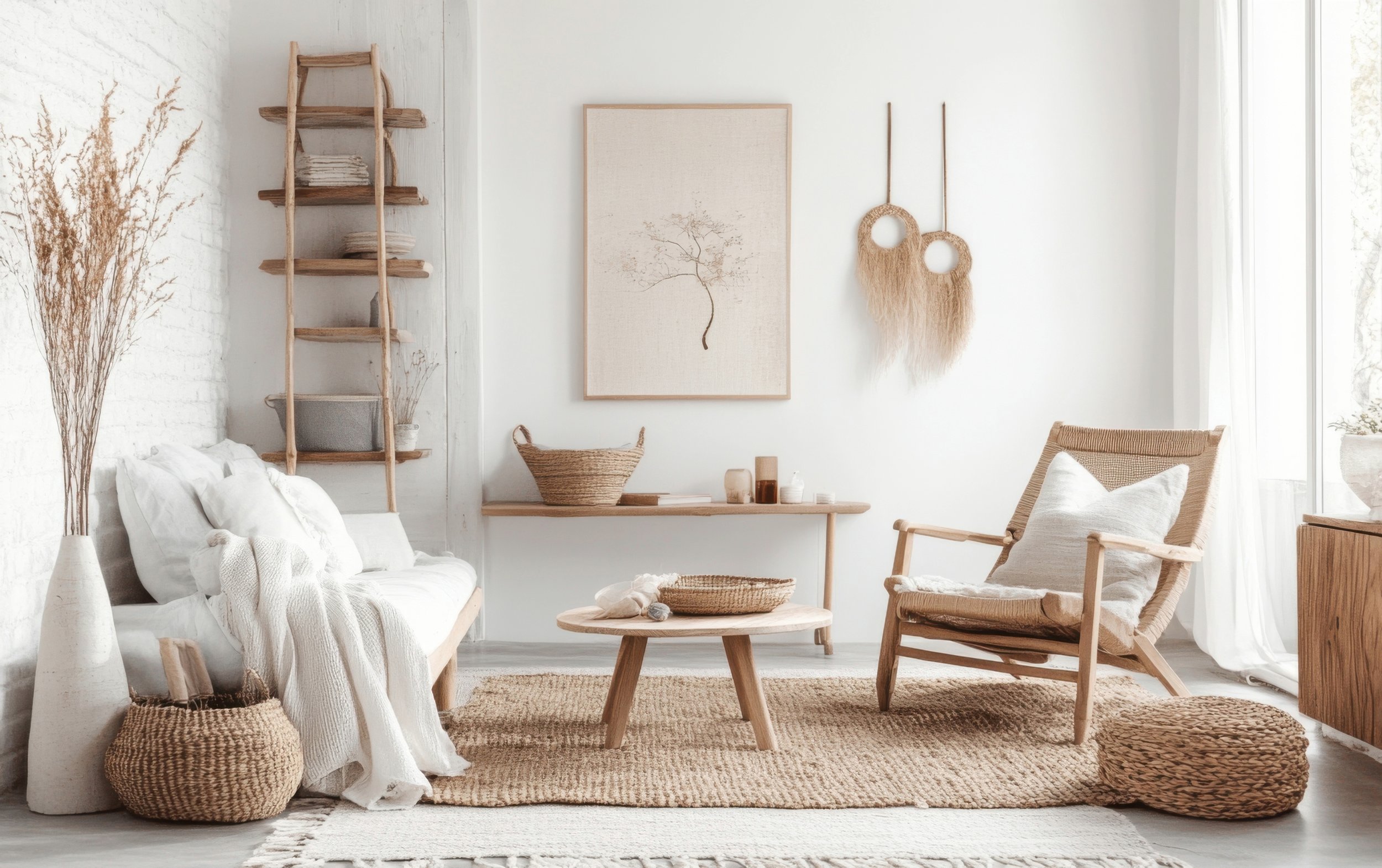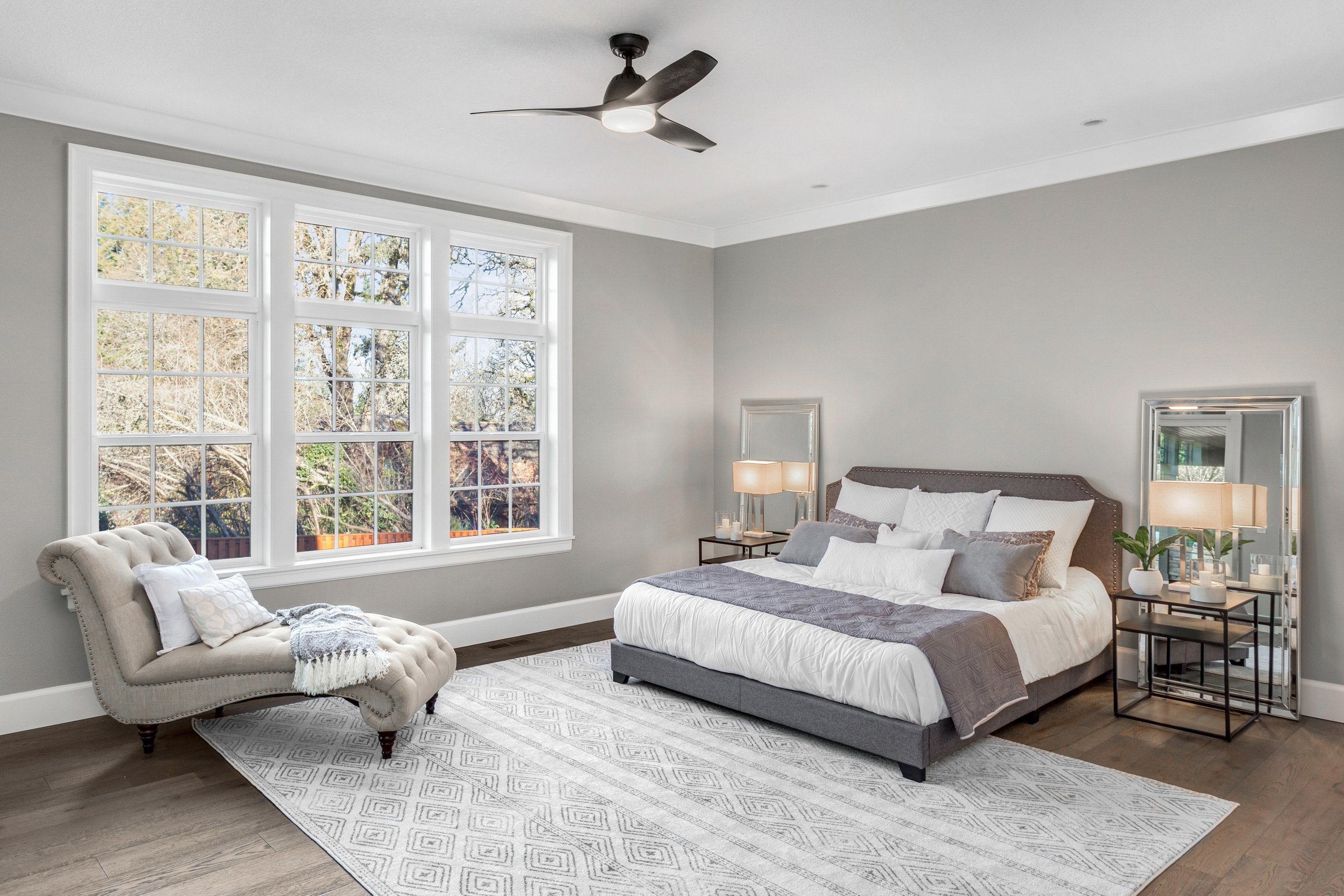Using Rugs to Define Spaces
After taking the time to decorate your living space, the living space may feel unfinished. To put a finishing touch on the space, consider adding an area rug. The perfect rug can immediately warm a space and give the living room a new life.
There are factors to consider when adding a rug over carpet. This page will advise layering a rug over a carpet and tips on rug placement.
Consider Texture
Vary texture when using a rug on carpet for contrast. If your carpet is looped or low-nap, consider an area rug. For a hard or short carpet consider a plush or thick carpet to add softness. Different textures ensure that the carpet and rug do not look too similar.
Choosing Your Rug Color
Choosing the best rug color can be difficult. Before making a decision there are multiple factors to consider.
Choose a Theme
One of the most popular choices when decorating with rugs is neutral color themes. This is a safe choice because neutral colors like beige, gray, and white blend in with any style of furniture or color scheme. This means you will not have to replace it when you swap out pieces of furniture.
Contrast
Choose a contrasting color to make the rug stand out If you want more contrast, pay more attention to how the rest of the room is decorated. To contrast the rug over the carpet, make sure the two are vastly different colors for a dramatic look. A black rug on a white carpet or red over blue are good examples.
For a more subtle look, layer neutral colors. A beige rug on a light gray carpet creates a neutral look. Different shades of the same color will also produce a more subdued look.
Be Mindful of the Environment
Take note of different factors such as the furniture, light, and room size. Make sure your rug matches the furniture in the room. A lighter color will reflect the Sun and make the space feel larger. A darker color will help hide dirt and spills from children.
Rug Sizes
Avoid a rug that is too big or small. Too small will look out of place while too large will overwhelm the space. Different locations have different rules.
Hallway
In a hallway, leave a few inches of space between the baseboards. Make sure your runner is a different length than the hallway, give yourself some breathing room. If you have a door that opens to a rug, make sure the rug does not catch on the door.
Furniture
When placing rugs on carpet in the living room under a coffee table, it should extend at least 18 inches past the table. If a couch or other furniture is on the edge of the rug, it should extend 2 or 3 feet past the table.
Bed
When placing a rug under a bed, it should extend 2 feet. You will need a different size rug depending on the bed.
Twin: 5’x8’
Full: 6’x9’
Queen: 8’x10’
King: 9’x12’
Safety First
A rug pad under the rug will prevent it from slipping and protect the carpet. Rug tape or anchoring the rug under furniture are additional ways to prevent slipping. You should also remember that putting an area rug on a soft carpet could be dangerous because the rug will lack support.
Clean your Rug and Carpet
Do not forget to routinely vacuum or clean your rug and carpet. Over time, dirt, dust, and pet hair will gather in your rug. To clean a spill use a carpet spot cleaner and that you find works best. Vacuum your rug at least once a week and clean it once a year.
Conclusion
Rugs are a great way to add a finishing touch to your living space. When layering rug over carpet, consider the difference in color and texture to create the perfect contrast to stand out. You can also use neutral colors to blend in more and give yourself more flexibility.
When laying down a rug, consider the environment and the furniture. Make sure the rug extends past the table or bed. To prevent slipping, use a pad, tape, or anchor the rug under the furniture. You should now be able to start decorating with rugs.




